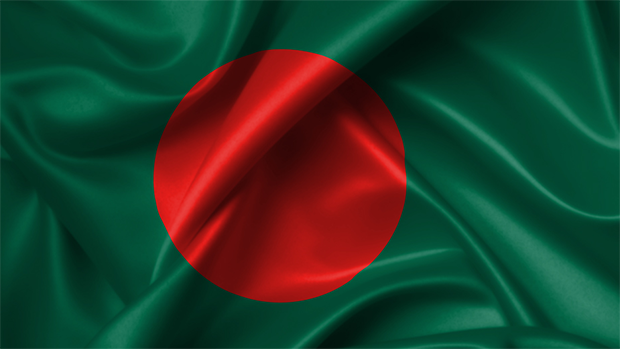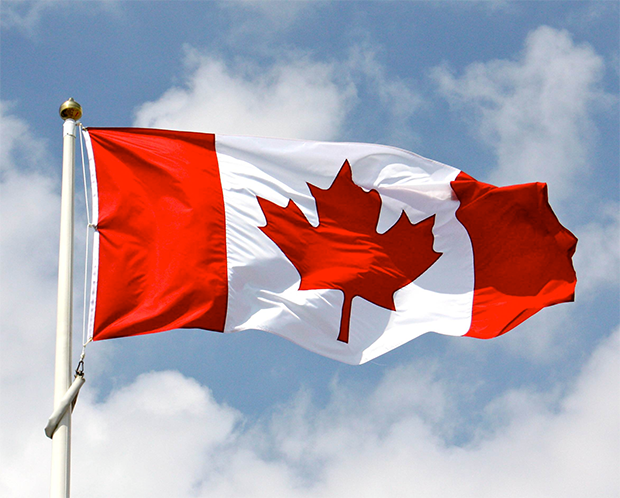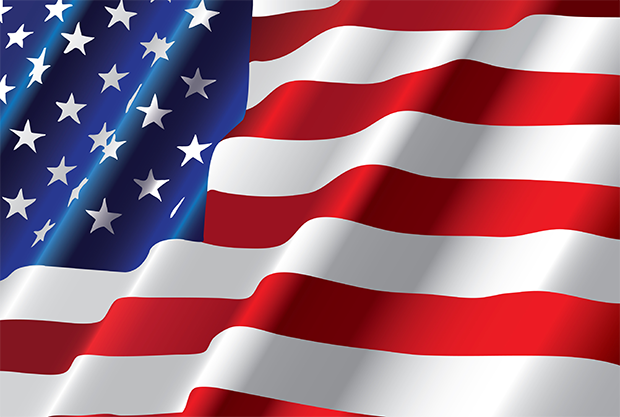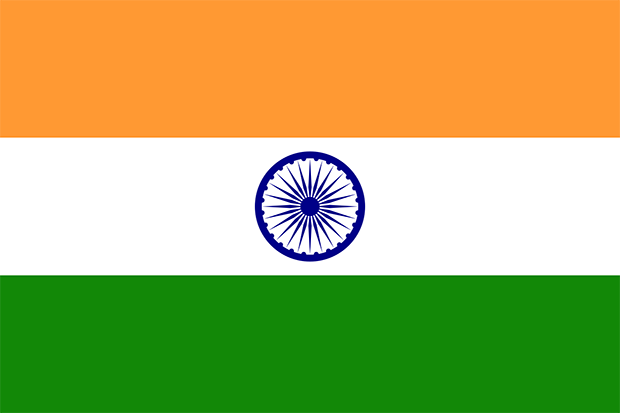|
Originating on battlefields as a means of
identification, national flags have come a long way since their bloody
conception. Flying in courthouses, classrooms, and fire stations they
typically hold symbolic significance for the nation and have complex
meanings ingrained into their designs. So go ahead and test yourself on
your flag knowledge because these are some national flags and their
meanings.
|
|
United Kingdom
Combining the crosses of the patron saints of England, Wales, and
Scotland, the Union Jack as it is sometimes called is one of the oldest
flags in the world having been around since 1801. |
|
 |
|
Bangladesh
As you may have noticed, the red circle on the flag is slightly off
center. This is so that when the flag is flying on a mast it will appear
to be in the middle. The green symbolized the country of Bangladesh with
its green geography and youthfulness while the red symbolizes the rising
sun and the sacrifices its citizens have made. |
|

|
|
Canada
Also known as the “Maple Leaf Flag”, the maple leaf wasn’t actually
added until many years later when Prime Minister Lester Pearson
petitioned to have it included as during World War I he noticed many
battalions including a maple leaf on their insignia. |
|

|
|
United States
Sometimes referred to as the “Stars and Stripes”, or “Old Glory” the
American flag features 13 stripes representing the original colonies and
50 stars representing the states in the union. |
|
 |
|
India
The flag of India is sometimes called the “tiranga” which means
“tricolor” in Hindi. When it was introduced in 1931 the stripes
represented the two main groups in India. The green was the Muslims and
the orange was the Hindus. The white stripe represented the desire for
their to be peace between them. The meanings, however, have been updated
since then. The wheel in the middle has 24 spokes, each one supposedly
representing one hour of the day.
|
|
 |